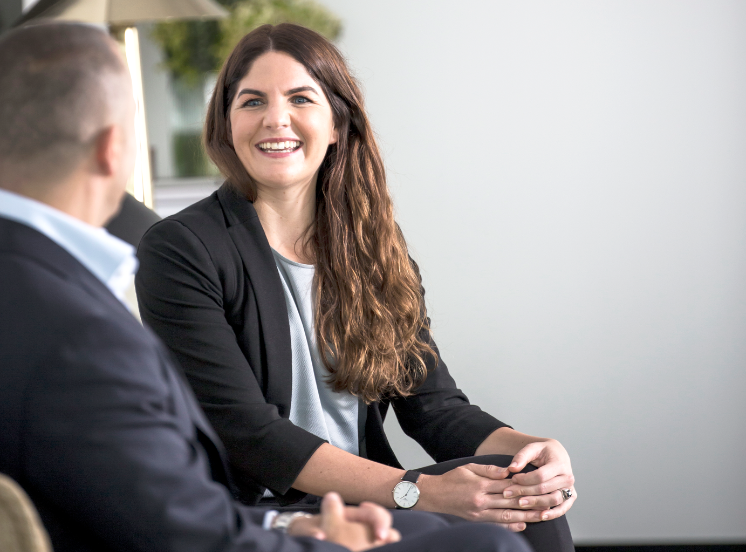





One of the key messages I have for clients is that their personal circumstances, and therefore, insurance needs, are always changing.
But what exactly does that look like when it comes to insurance, perhaps life and permanent disability benefits in particular? If part of the strategy is protecting debt, then that is relatively simple to track and adjust the insurance accordingly. However, what about life events such as having a child? I’ll be self-indulgent for a moment, because that’s a life event that I’m preparing for, and as a result have been reviewing our own insurance needs.
Naturally this is all general advice and each person’s circumstances are different – you’ve all heard it before. However, what is relevant to everyone when it comes to financial planning, is that everything is dependant on our goals and objectives, and what we are trying to achieve.
Therefore, just as important as it is to understand what retirement looks like, or when you are planning that overseas holiday, versus paying down debt or starting an investment strategy, is to understand what your objectives are should you suddenly suffer an unexpected life event that can be insured via a personal insurance policy – serious illness, disability, or passing away.
And this is where it gets different for all of us because we look at things differently and have varying objectives when it comes to insurance. So, let’s turn this into a bit of a case study where I look at my own needs.
For the purposes of this blog, I’ll stick to life (death) insurance, and save the others for another day.
This is an interesting one – do I leave my partner debt free? Would she still work with a young child? What sort of income support is required being down to one income? Are there school fees to consider?
Personally, I like to keep my insurance simple. Clear the debt and provide enough money that she wouldn’t have to work again. I would prefer to leave her in a position where she can choose to work but wouldn’t have to simply for financial reasons. For us, that number is $120,000 per annum in today’s dollars.
Now, I’m obviously not going to share the specifics of our situation, but aside from clearing debt, I work off an income rate of return rule (not capital growth).
For instance, the money required to generate $120,000 per annum earning 5% income per annum is $2.4M. A portfolio of that size, generating income of 5%, has my partner covered. I simply then work out the value of our existing income producing assets and reduce the amount accordingly. I effectively bridge the gap between where we are, versus where we are trying to get to.
The beauty of this strategy is that not only do I know my insurance needs today, but I also have a clear pathway of how to manage my insurance moving forward. I simply look at how much my debt has reduced by as well as how much my asset position has grown by, and I know how much my need for insurance has changed.
So, that’s me sorted, what about my partner? Very soon she’ll be on maternity leave with a baby girl. What does the situation look like if it were her that passed away and I was left with a young child while still trying to work full-time? You could take the same approach as above and insure her sufficiently to give me the flexibility to not work – but let’s assume that I would still like to work in some capacity, but admittedly would need a lot of support with our child along the way.
I want to play a very present role in my daughter’s life, and if my partner were to pass away, I would certainly take some time away from work, and therefore I would factor in enough income for a certain amount of time, whether six months, a year etc. Beyond that, if I’m back to work full-time, I would factor in enough money to help with carer costs, or if I’m likely to spend more time at home, then I would provide sufficient income to bridge the gap between part-time and full-time income at least until my child is into high school.
Note that in neither example above did I include future school fees, but I have already considered that as part of ongoing income needs.
Naturally many reading this are adding the numbers up and thinking about how much it is. Hopefully it’s also a bit of a wakeup call that if you truly consider financial exposures over time, the numbers ARE big!
For all those who think their insurance is sorted through their super funds default cover, I’m sorry to tell you that it’s probably not.
For many with a young family, now is the time where insurance needs are often at their peak. However, the advantage of being an advised client of Hewison Private Wealth means that you benefit from having a proactive insurance strategy, and that we gradually phase out the policies as our need for them reduces. Ideally, we are working towards the point in time where you don’t need it at all. After all, why ever pay for more than you need?